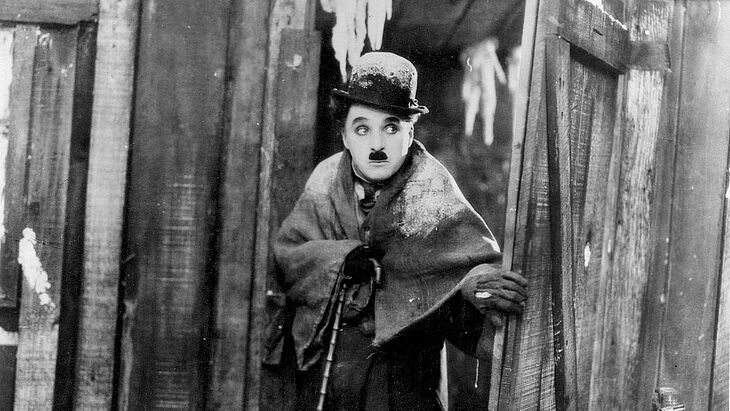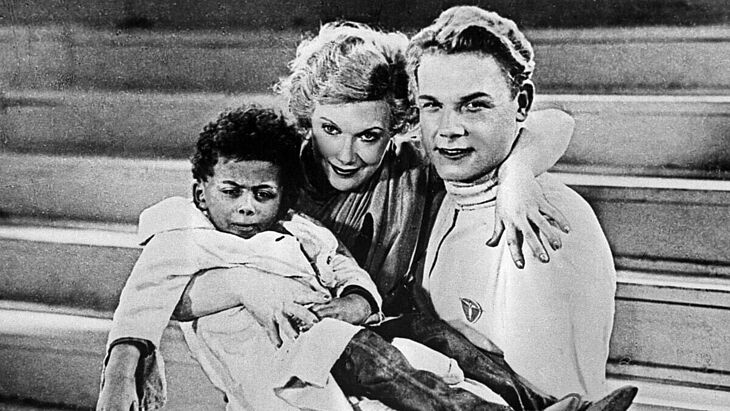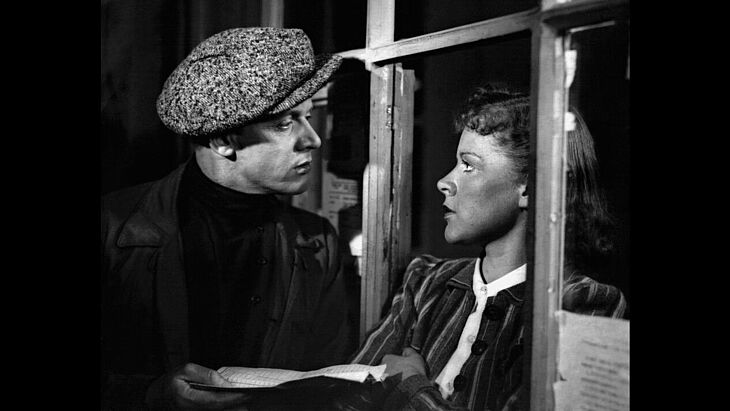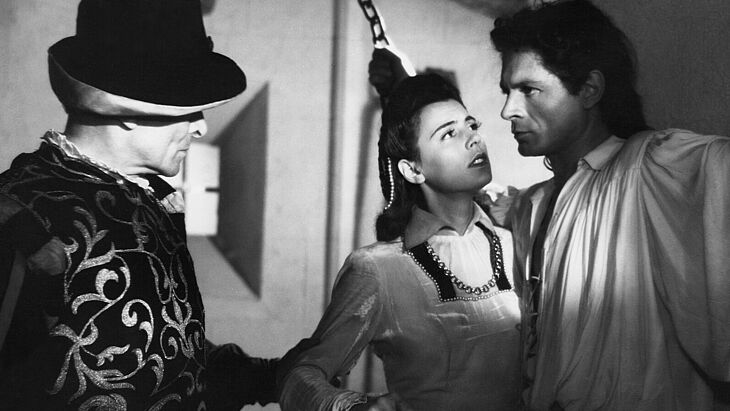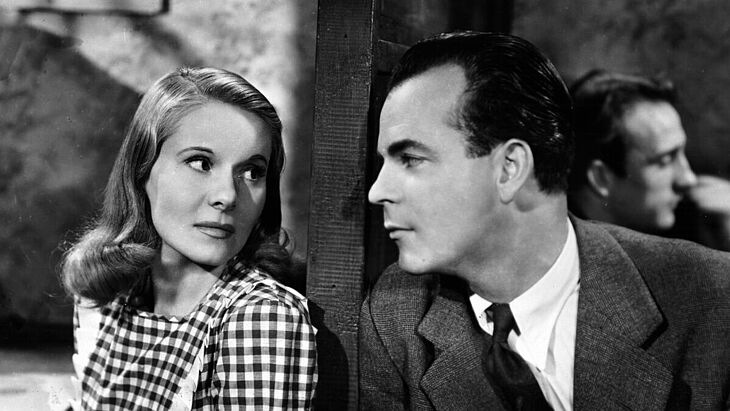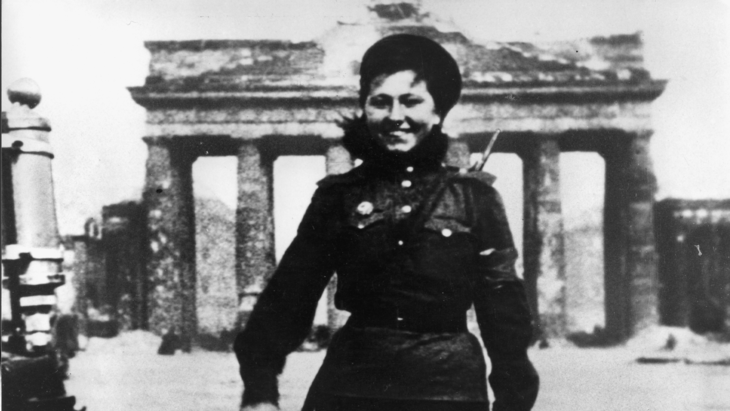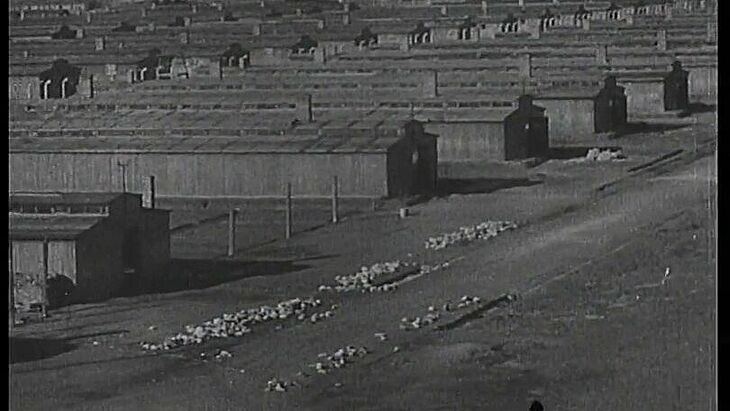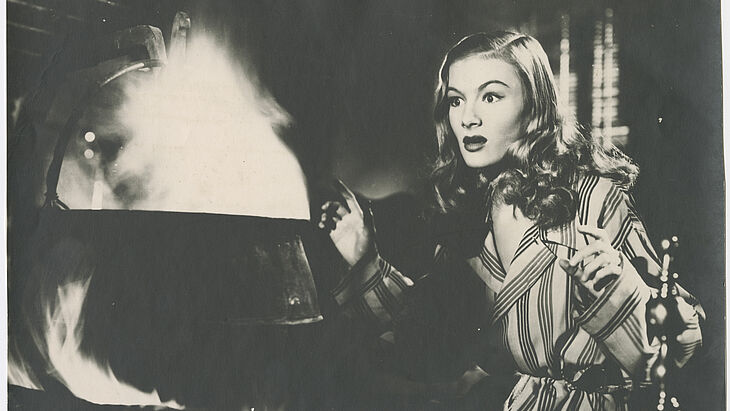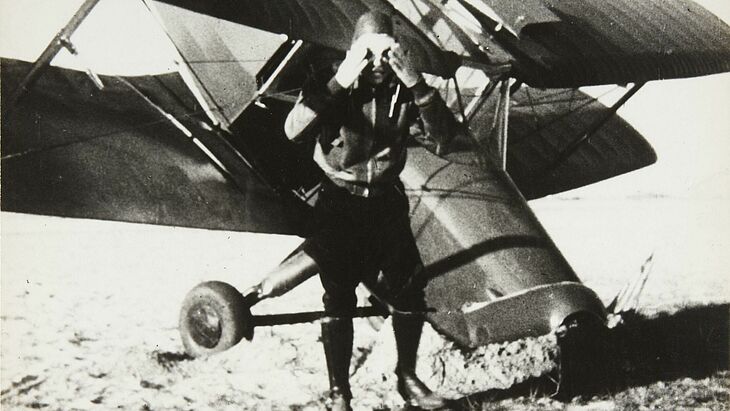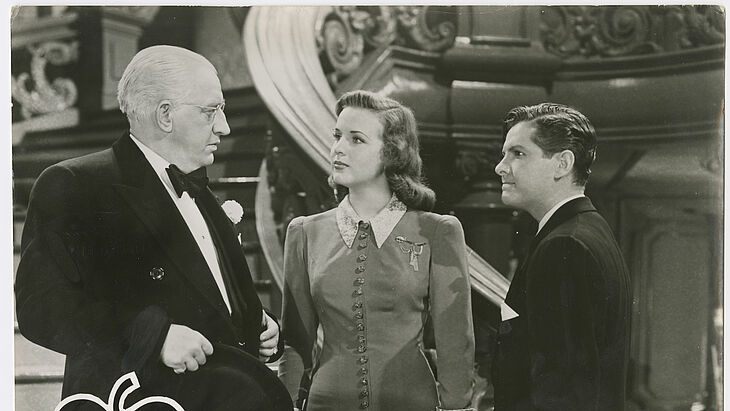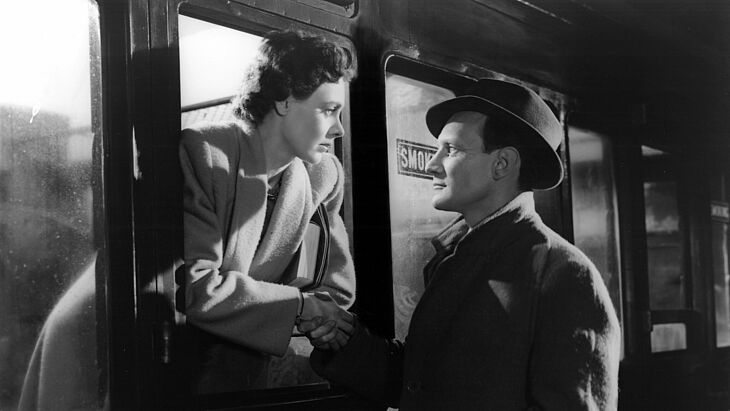Between the End of War and a New Beginning
Allied Film Culture in Berlin 1945/1946
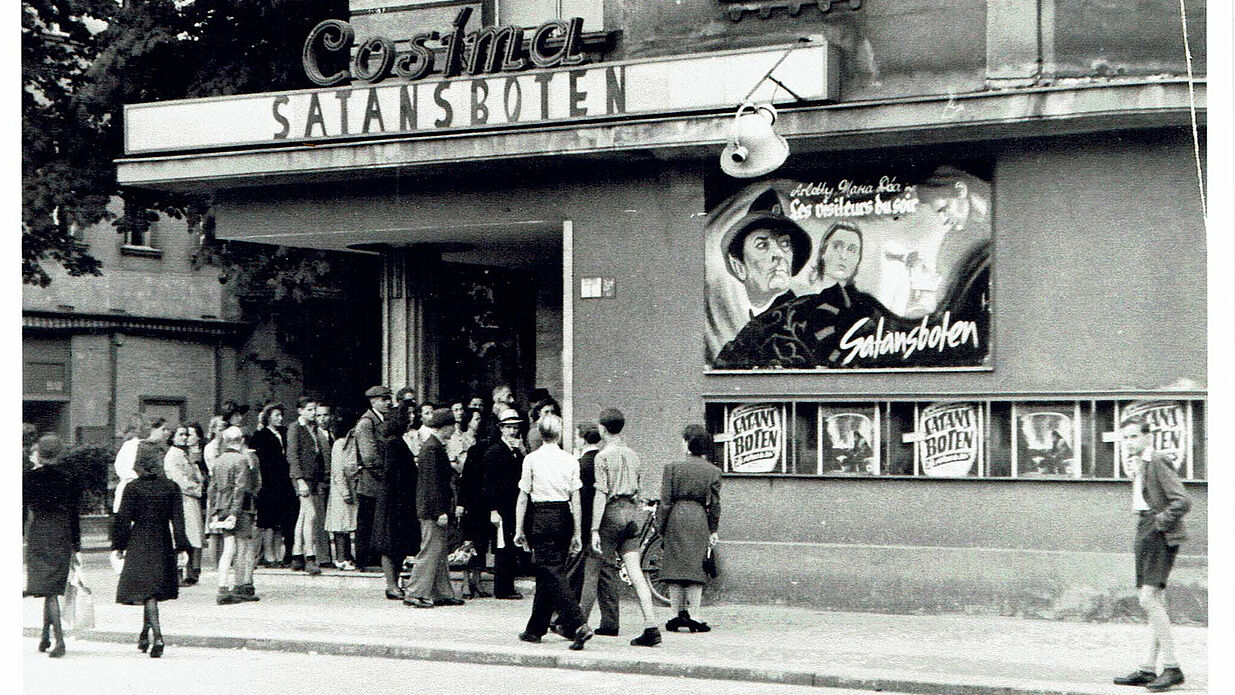
The hunger for images was immense. For images that for a short time displaced the reality of ruins, fear of the future and hardship, in which the Soviet soldiers, perceived either as occupiers or liberators, shaped everyday life. In addition, there was a desire for images other than those of the past 12 years of National Socialist rule and film production.
Only a few days after the cessation of hostilities on 2 May 1945, individual cinemas in Berlin were again offering film programmes. By the end of May there were already more than 30 cinemas and their halls were full. At first, audiences did not seem to mind that Soviet films were shown only in Russian language versions, alongside a few copies of American films from the Reichsfilmarchiv. With the arrival of the Americans, British and French in the summer of 1945, the selection became more diverse and the programming more professional. Soon, films with subtitles and German-language dubbed versions were available to meet the needs of the audience. German films from the Nazi era, classified as harmless entertainment, supplemented the schedules.
Berlin's four-power status had an impact on the city's entire cultural offerings, where the four Allies literally competed for the best cinema programme from autumn 1945 onwards. However, the interests of the occupying powers and the audience were not always congruent. On the one hand, the cinema served as a place to relax from the worries and stresses of everyday life. On the other hand, visitors were confronted on the screen with atrocities committed in the name of the people and the Führer, and the Allies promoted the blessings of democracy or the achievements of socialism.
In addition, there were tentative attempts to establish a "new" German film. Short cultural and animated films were made, and in February 1946 the first German post-war newsreel Der Augenzeuge appeared. This was followed a few months later in May by the founding of DEFA, whose first feature film, Wolfgang Staudte's Die Mörder sind unter uns, was already in the works.
The retrospective Between the End of the War and a New Beginning. Allied Cinema Culture in Berlin 1945/46 invites visitors to become acquainted with Allied cinema culture in Berlin in the immediate post-war period. It reconstructs historical programmes consisting of newsreels, cultural films and main feature films that were shown during this time of transition, beginning with the liberation and occupation of Germany in May 1945 and ending with the premiere of Die Mörder sind unter uns (The Murderers Are Among Us) in October 1946. The film series demonstrates the different approaches to film and cultural policy of the four occupying powers. It also reminds us that the cinemas of the post-war period were at once places of entertainment, refuge and learning, and served as a much-needed window on the world for the public.
Further screenings of the film series, funded by the Senate Department for Culture and Social Cohesion and supported by CineGraph Babelsberg, will take place at "original locations" in the Krokodil cinema and the Bundesplatz cinema, which already entertained audiences in 1945/46 under the names Nord-Lichtspiele and Lichtspiele am Kaiserplatz. (Frederik Lang)
The curator of the retrospective is film historian Frederik Lang, who also edited the accompanying publication Befreite Leinwände. Kinopolitik und Filmkultur in Berlin 1945/46, which was published by SYNEMA (ISBN 978-3-901644-94-8) in Vienna.
